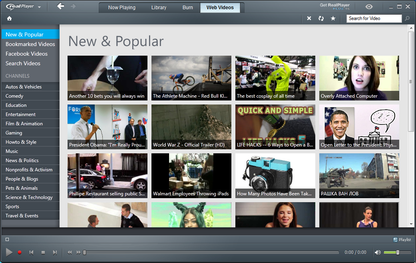

EXIT REALTIMES DOWNLOAD INSTALL
To get started using Laravel's event broadcasting, we need to do some configuration within the Laravel application as well as install a few packages.Įvent broadcasting is accomplished by a server-side broadcasting driver that broadcasts your Laravel events so that Laravel Echo (a JavaScript library) can receive them within the browser client.
EXIT REALTIMES DOWNLOAD DRIVERS
However, community driven packages such as laravel-websockets and soketi provide additional broadcasting drivers that do not require commercial broadcasting providers.īefore diving into event broadcasting, make sure you have read Laravel's documentation on events and listeners. These events can contain any additional data you wish to make available to the frontend.īy default, Laravel includes two server-side broadcasting drivers for you to choose from: Pusher Channels and Ably. The core concepts behind broadcasting are simple: clients connect to named channels on the frontend, while your Laravel application broadcasts events to these channels on the backend. Broadcasting your Laravel events allows you to share the same event names and data between your server-side Laravel application and your client-side JavaScript application. To assist you in building these types of features, Laravel makes it easy to "broadcast" your server-side Laravel events over a WebSocket connection. Once the event is received, we can display a message to the user that their CSV has been emailed to them without them ever needing to refresh the page.

When the CSV has been created and mailed to the user, we can use event broadcasting to dispatch a App\Events\UserDataExported event that is received by our application's JavaScript. However, creating this CSV file takes several minutes so you choose to create and mail the CSV within a queued job. WebSockets provide a more efficient alternative to continually polling your application's server for data changes that should be reflected in your UI.įor example, imagine your application is able to export a user's data to a CSV file and email it to them. When some data is updated on the server, a message is typically sent over a WebSocket connection to be handled by the client. In many modern web applications, WebSockets are used to implement realtime, live-updating user interfaces.


 0 kommentar(er)
0 kommentar(er)
